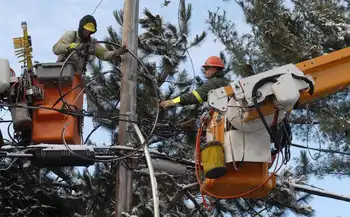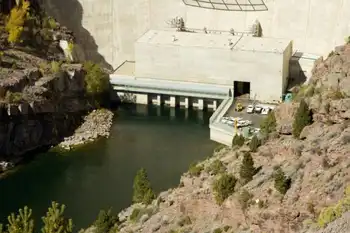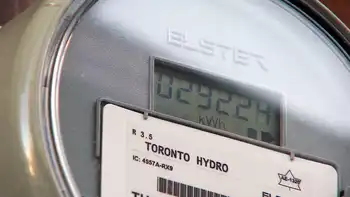Heat wave has plans to stay awhile
By McClatchy Tribune News
NFPA 70b Training - Electrical Maintenance
Our customized live online or in‑person group training can be delivered to your staff at your location.

- Live Online
- 12 hours Instructor-led
- Group Training Available
Forecasters said that the Charlotte area faces at least another week of temperatures in the 90s. Highs normally reach only the mid-80s this time of year. The June 5 high reached 95 degrees at Charlotte/Douglas International Airport, the warmest reading so far this year.
Highs were in the middle to upper 90s today across the Piedmont and South Carolina.
Highs for the next eight days are forecast between 96 a d 98 degrees. Forecasters see little or no chance of rainfall in the area through at least June 11. Some computer models show the heat wave continuing for at least 10 days.
A heat advisory was issued June 6 in the Sandhills, where the heat index - a combination of heat and dewpoint temperatures - is forecast to reach 105 degrees. Anson, Richmond and Scotland counties of North Carolina and Chesterfield County in South Carolina are included in that advisory.
Heat index readings climbed above 100 the past few days. Forecasters also are predicting Code Orange ozone levels. Code Orange ozone levels are potentially unhealthy for asthmatics, children and seniors.
Charlotte-Mecklenburg Utilities customers promptly broke June's daily conservation goal by pumping 128 million gallons on Sunday. The surge was predictable as gardeners water blooming shrubs and vegetable patches, said conservation coordinator Maeneen Klein.
Mandatory water restrictions allow lawn watering only one day a week, but drip irrigation and hoses can be used anytime. "As long as people are following the rules and putting water where it's needed the most, we think it's a sustainable practice," she said.
Klein credits customers for taking conservation to heart. This month's 115 million-gallon-a-day goal compares to the 141 million gallons Charlotteans averaged last June, before restrictions took hold.
A drought-advisory group for the Catawba River basin, which in early April recommended utilities resume limited lawn irrigation, will review conditions again on June 25. The roots of this drought trace to May 2007, the first in a string of dry months that lasted until December. Conditions improved through the winter and spring but turned dry again last month.
Mecklenburg and its neighbors are among 28 N.C. counties still in extreme drought. Only 11 counties had been that dry in late April. Charlotte's rainfall deficit since January is 3.6 inches, but the past 12 months have been the driest June-to-June on record in the southern Piedmont.
Still, federal forecasters expect the drought in the Carolinas' western halves to improve through August. Three-month forecasts predict neither unusually high nor low summer temperatures and rainfall. The region's major water supplies are also faring better than they did last year.
As the drought deepened, Duke Energy resisted estimating how many days' water was left in its Catawba reservoirs, saying projections would probably be wrong. Some critics complained that local utilities, guided by the newly created drought group, were too slow to restrict water use. This year lakes on both the Catawba, Charlotte's water source, and the Yadkin River to the east are near or above targeted levels.
To save water, Duke began cutting back use of its hydroelectric plants last summer, generating 58 percent less hydro power this January through May than in the same period last year. Duke could also draw down its largest reservoir, Lake Norman, by nearly 3 extra feet if needed this year because of changes to the cooling-water piping at its McGuire nuclear plant.
But streams that feed the Catawba lakes are at only 46 percent of their long-term averages, compared to 89 percent a year ago. Groundwater still hasn't recovered. Rising temperatures also mean more water lost to evaporation: up to 300 million gallons from the Catawba reservoirs on a single hot day.
"Conservation is just as important as it was last year," said Duke spokeswoman Marilyn Lineberger.











